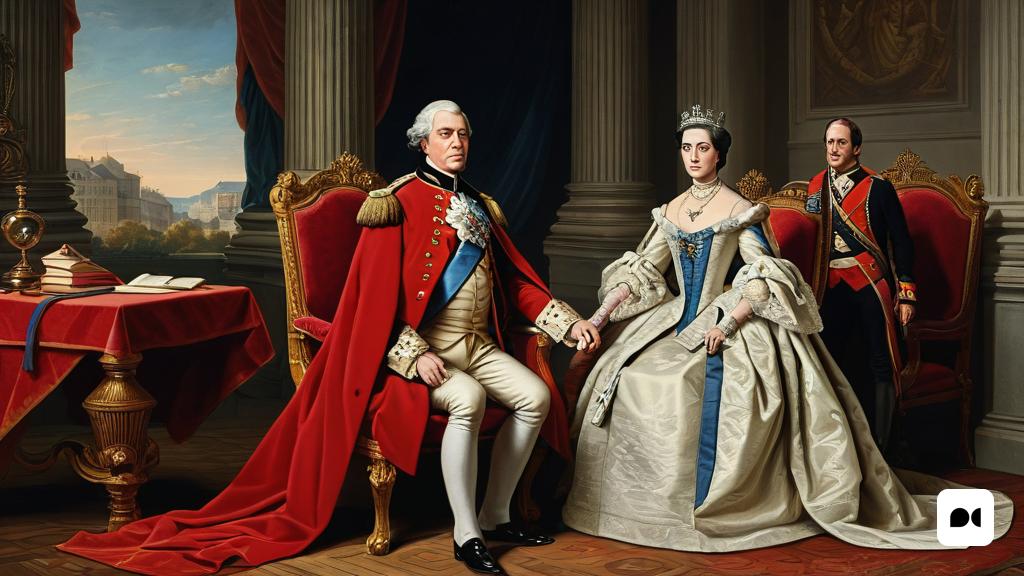A New Constitutional Text
On a date like today, but in 1845, 179 years ago, in Madrid, Queen Isabel II sanctioned a new constitutional text that represented a significant change in the constitutional history of Spain. This text substantially reformed that of 1837, which had been drafted and approved during the first Carlist war.
An Involution in Individual Rights and Freedoms
The Constitution of 1845 marked an important regression in the individual rights and freedoms that had been achieved until then. Unlike previous constitutions, this one was less progressive and represented a setback in terms of advances in suffrage and concepts introduced by liberals in the previous decade.
Restrictions on Suffrage and National Sovereignty
The Constitution of 1845 maintained restrictions on suffrage, limiting the vote to men of legal age, literate and with a minimum patrimony. Furthermore, national sovereignty lost power to the institution of the crown, which gained the right to unilaterally dissolve the Cortes and declare war on an external enemy without authorization from the Cortes.
Impact on State Architecture
In the field of State architecture, the Constitution of 1845 did not advance, strengthening the provincial division of 1833 with the aim of diluting historical nations such as Catalonia, País Valencià, Aragón, Navarra, País Vasco and Galicia.
System of Alternation and Caciquismo
This constitution established a system of alternation between the moderate and progressive parties, dominating Spanish politics throughout the 19th century. This system, supported by the phenomenon of caciquismo, was maintained until the fall of the Bourbon Restoration regime in 1923.
The figure of the ‘cunero deputy’ became a representative sample of this elitist and corrupt system, perpetuating himself in office through a curious mechanism of agreed and alternate appointments by the two dominant parties.

